Study on Strong Earthquake Failure of Single-Layer Spherical Reticulated Shell Structures with Central Suspended Equipment
Abstract
:1. Introduction
2. Methodology
2.1. Finite Element Model of a Shell with Suspended Equipment
2.2. The Finite Element Analysis Method
3. Results and Discussion
3.1. Analysis of the Influence Mechanism of Suspended Equipment
3.1.1. Elastic Stage Analysis
3.1.2. Failure Stage Analysis
- (1)
- Failure Mode 1
- (2)
- Failure Mode 2
3.2. Analysis of the Influence Law of Suspended Equipment
3.2.1. Influence of Spans and Rise-to-Span Ratios
3.2.2. Influence of Different Ground Motions
3.2.3. Influence of Length of Steel Cable
4. Conclusions
Author Contributions
Funding
Data Availability Statement
Conflicts of Interest
References
- Cai, X.; Yu, H.; Nan, C. Discussion on Design of Center-hung Scoreboard System for Large Arena. Electr. Technol. Intell. Build. 2018, 12, 92–98. [Google Scholar]
- Qin, Q.; Li, Y. Design floor spectra for nonstructural components and equipment in buildings. J. Tsinghua Univ. 1997, 37, 22–29. [Google Scholar]
- Wang, X.; Liu, H.; Ou, J. Analysis of seismic response and catastrophic behavior of suspended structure systems. J. Earthq. Eng. Eng. Vib. 2009, 29, 121–125. [Google Scholar]
- Wang, C.; Lu, Z.; Wu, J. Seismic response of semi-flexible suspension vibration-absorption structures. J. Build. Struct. 2008, 29, 107–112. [Google Scholar]
- Wang, Z.; Hao, H. Optimization design and model tests for a pendulum eddy-current tuned mass damper. J. Vib. Shock. 2017, 37, 1–7. [Google Scholar]
- Fernando, S.O.; Suzana, A.; José, L.V.B. Design Criteria for A Pendulum Absorber to Control High Building Vibrations. In Proceedings of the 11th International Conference on Vibration Problems, Lisbon, Portugal, 9–12 September 2013; pp. 1–10. [Google Scholar]
- Zheng, G. Parameter Optimization of Multi-TMDs for Wind Excited Vibration Suppression of Tall Buildings. Adv. Build. Technol. 2002, 2, 1025–1032. [Google Scholar]
- Ye, J.; Chen, Y. Optimum Design for Reticulated Shell Structure TMD Systems Subjected to Seismic Excitations. J. Vib. Eng. 2000, 13, 376–384. [Google Scholar]
- Ye, J.; Chen, Y.; Shen, S. The present situation of seismic vibration control of reticulated shell structures using TMD system. J. Harbin Univ. CE Archit. 2000, 33, 10–14. [Google Scholar]
- Hu, J.; Huang, J.; Li, C. TMD Control Analysis for reticulated shell for wind vibration. J. Build. Struct. 2001, 2, 31–35. [Google Scholar]
- Liu, R.; Ji, C.; Li, X.; Wang, C.; Wang, G. On the seismic performance of the single-layer reticulated shell with a center-hung scoreboard under multiple seismic excitations. Shock. Vib. 2023, 2023, 3366063. [Google Scholar] [CrossRef]
- Xu, J.; Liu, R.; Ji, C.; Wang, C.; Wang, G. Effect of the CHS on Seismic Responses of the Single-Layer Spherical Reticulated Shell under Vertical Seismic Motions. Adv. Civ. Eng. 2023, 2023, 6720684. [Google Scholar] [CrossRef]
- Xue, S.; Zhao, Z.; Li, X.; Liu, R.; Dezhkam, M.; Lu, Z.; Liu, T.; Fan, Q.; Jing, H. Shaking table test research on the infuence of center-hung scoreboard on natural vibration characteristics and seismic response of suspen-dome structures. Buildings 2022, 12, 1231. [Google Scholar] [CrossRef]
- Xue, S.; Lu, Z.; Li, X.; Liu, R.; Zhao, Z.; Jing, H.; Fan, Q.; Liu, T.; Dezhkam, M. Experimental and numerical investigations on the infuence of center-hung scoreboard on dynamic characteristics of suspend-dome structure. J. Build. Eng. 2022, 57, 104787. [Google Scholar] [CrossRef]
- Ministry of Housing and Urban-Rural Development of the People’s Republic of China. Technical Specification for Space Frame Structures; China Planning Press: Beijing, China, 2010. [Google Scholar]
- Ministry of housing and urban rural development of the People Republic of China. Design Code for Sport Building (JGJ 31-2003); China Construction Industry Press: Beijing, China, 2003. [Google Scholar]
- Ministry of housing and urban rural development of the People Republic of China. Requirements and Test Method for LED Display in Sport Venues; China Construction Industry Press: Beijing, China, 2013. [Google Scholar]
- Zhang, Y.; Xue, S.; Yang, Q.; Fan, F. Large Span Space Structures; China Machine Press: Beijing, China, 2014. [Google Scholar]
- Zhi, X. Influence of initial geometric imperfection on static stability of single-layer reticulated shell structure. Spat. Struct. 2021, 27, 9–15. [Google Scholar]
- Fan, F.; Zhi, X. Failure Mechanism of Reticulated Shells under Earthquake; Science Press: Beijing, China, 2014. [Google Scholar]
- Li, W.; Zhi, X.; Fan, F. Influence of a Roofing System on the Seismic Performance of Single-Layer Spherical Reticulated Shell Structures. Buildings 2022, 12, 155. [Google Scholar] [CrossRef]
- Fan, F.; Zhi, X.; Li, W. Analysis of the Acceleration Response Spectrum in Single-Layer Spherical Reticulated Shell Structures. Appl. Sci. 2022, 12, 2116. [Google Scholar] [CrossRef]
- Li, X.; Wang, W.; Wu, D.; Xu, X.L.; Li, Z.J. Study on Characteristics Analysis and definition method of long period ground motion. J. Vib. Shock. 2014, 27, 685–692. [Google Scholar]



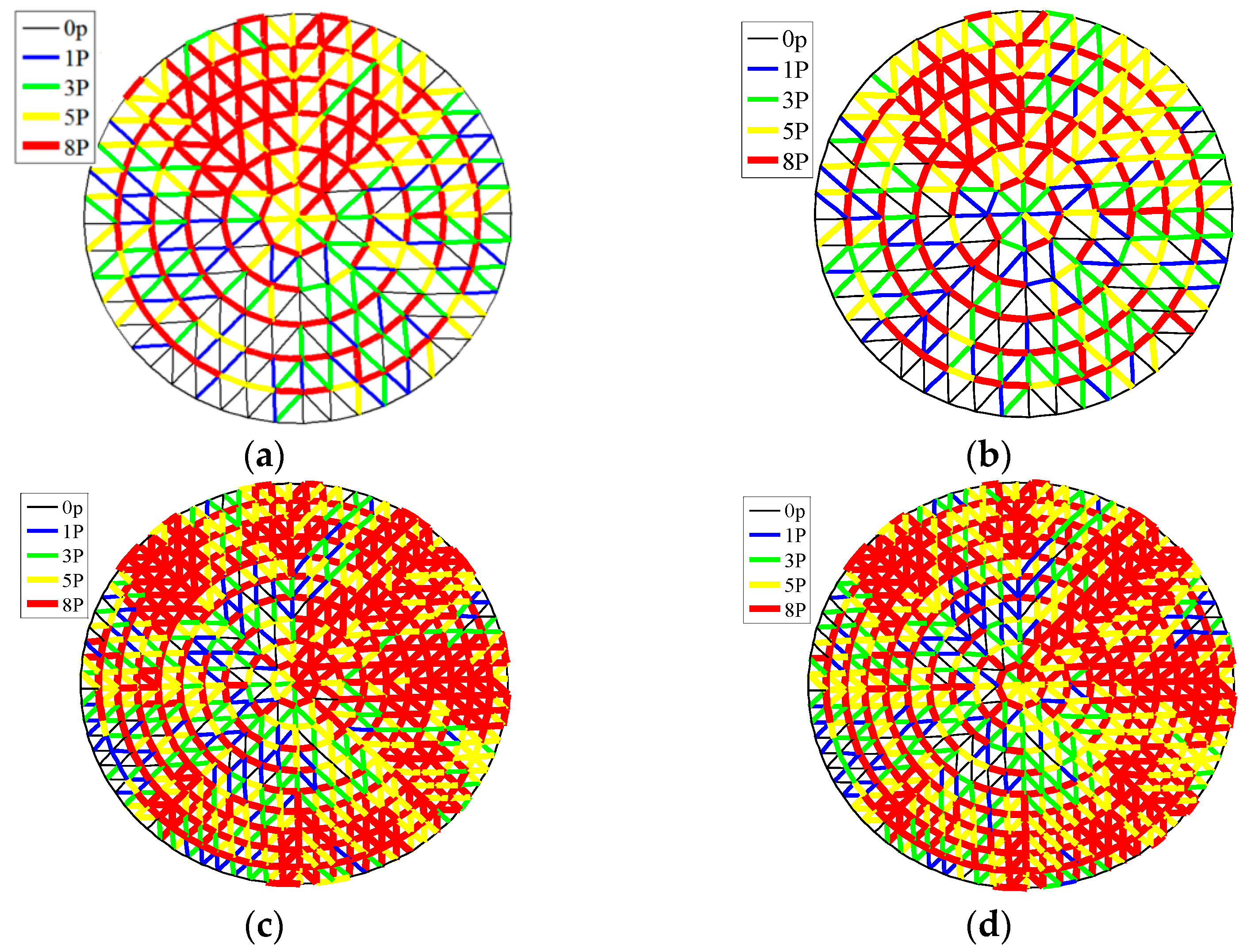
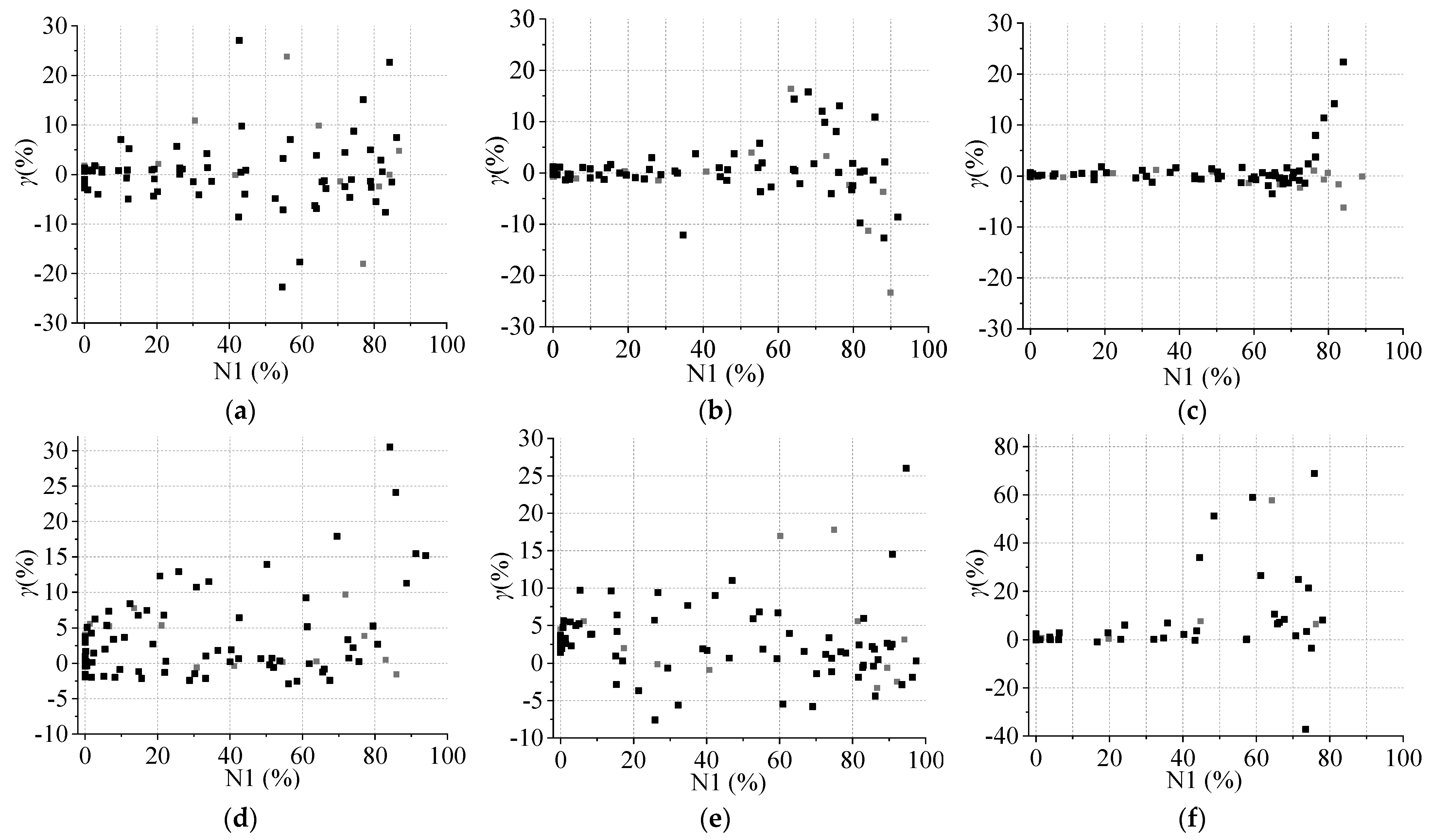


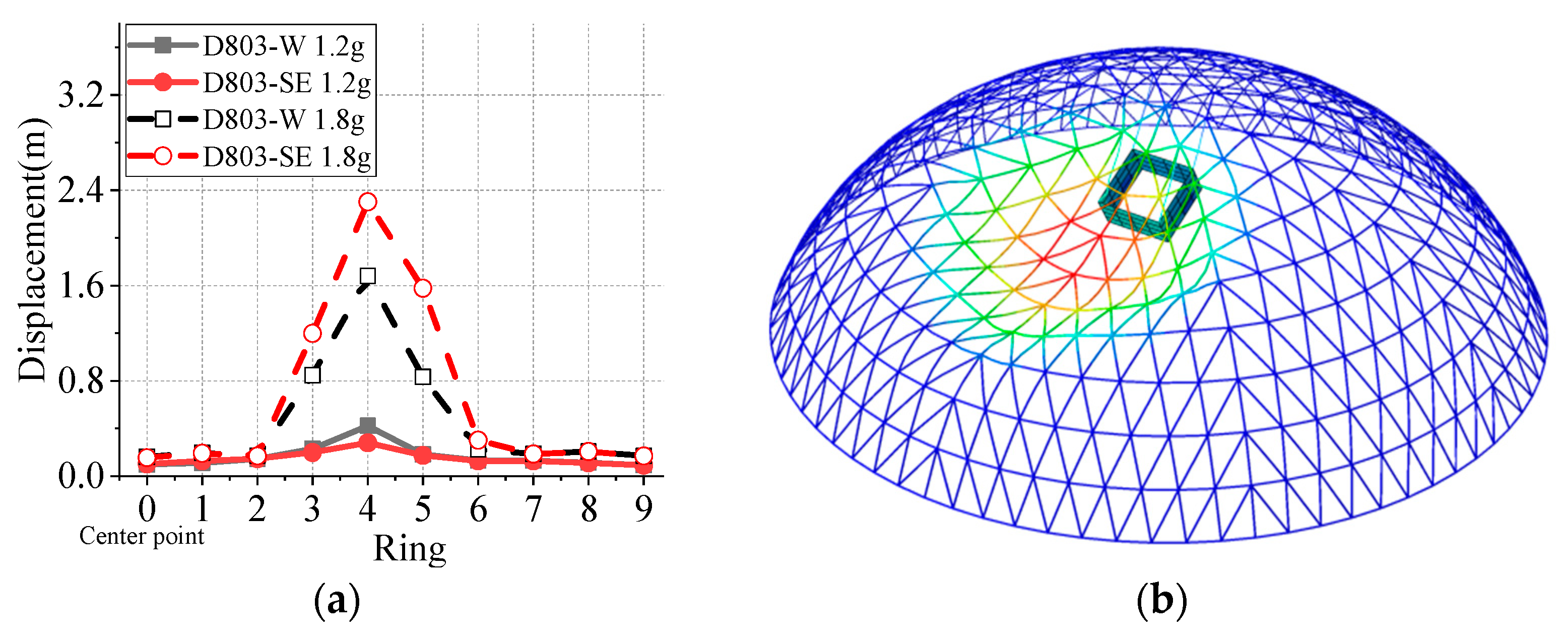
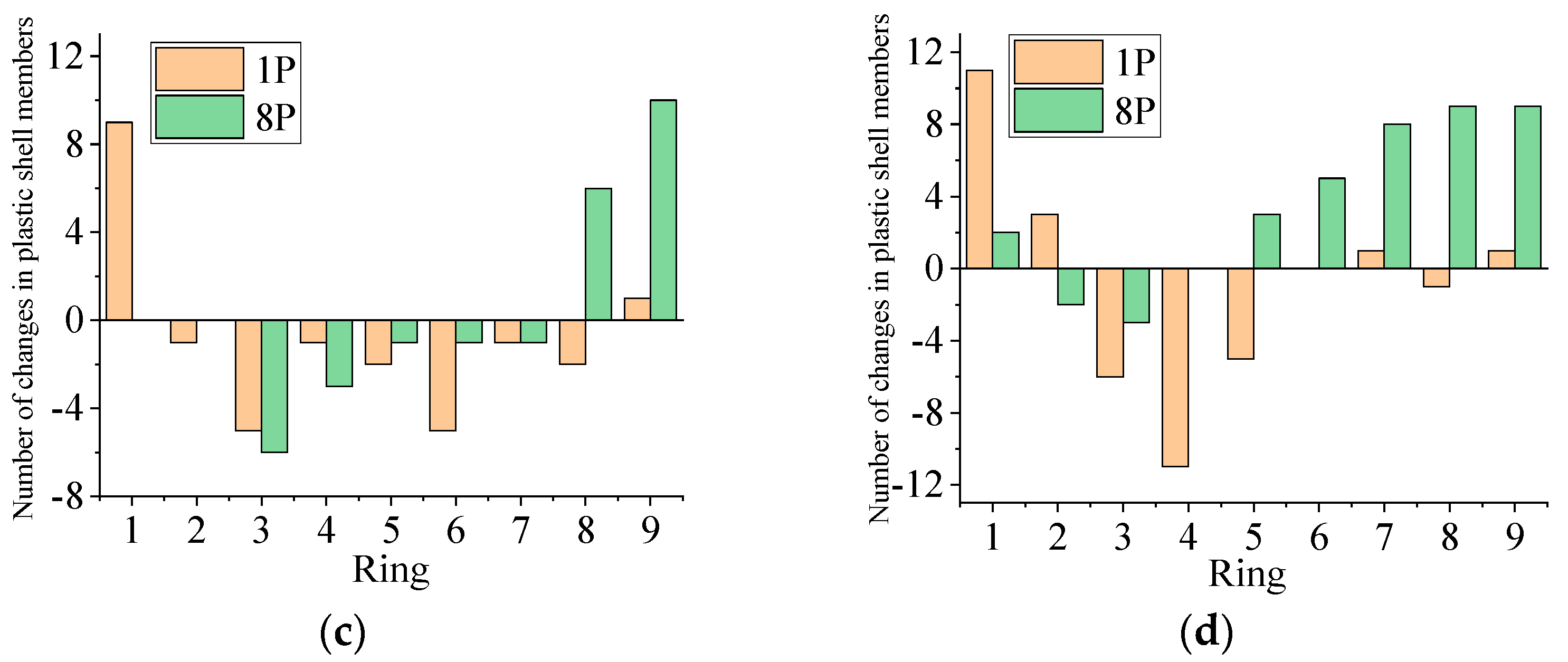




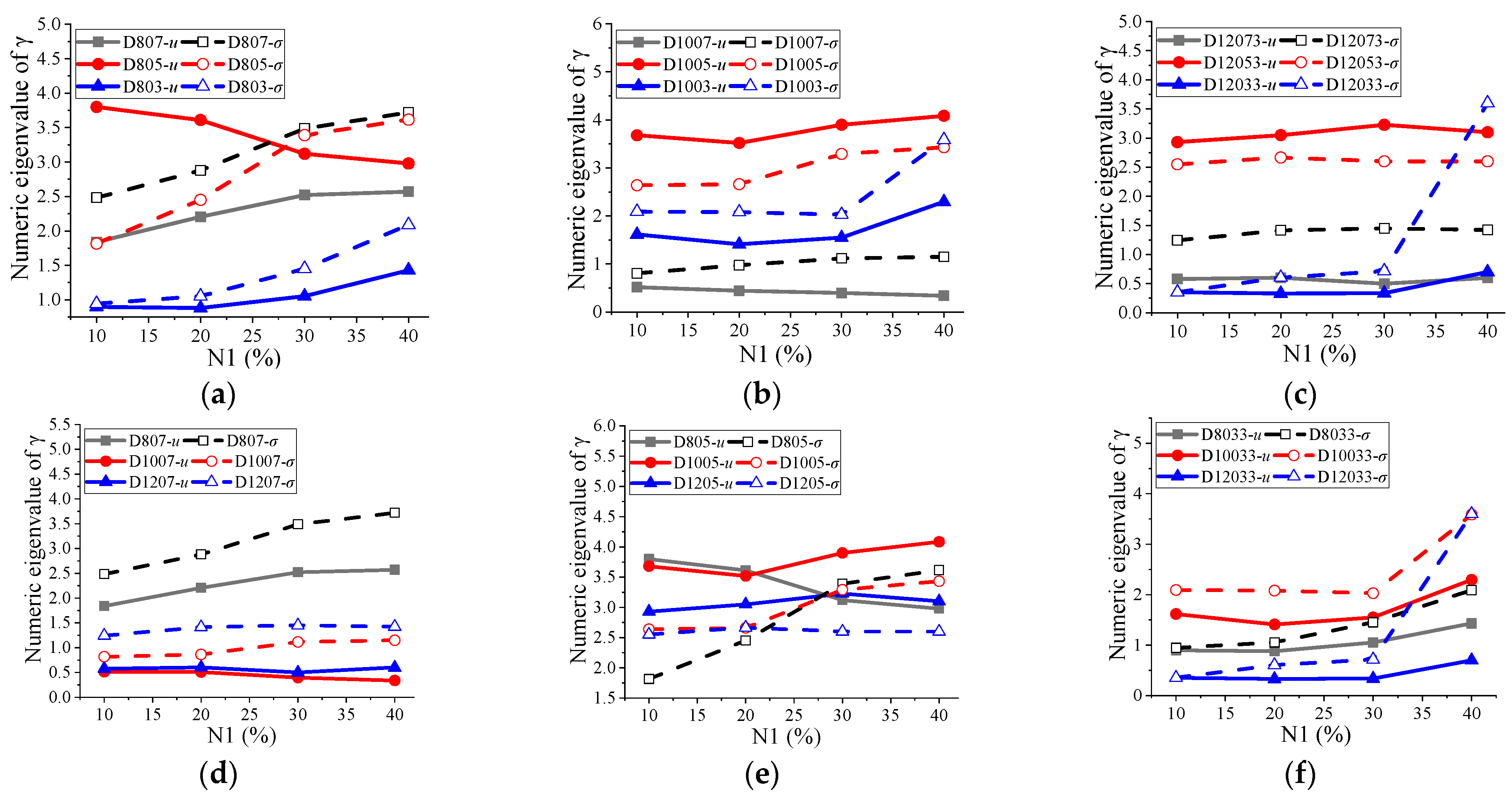


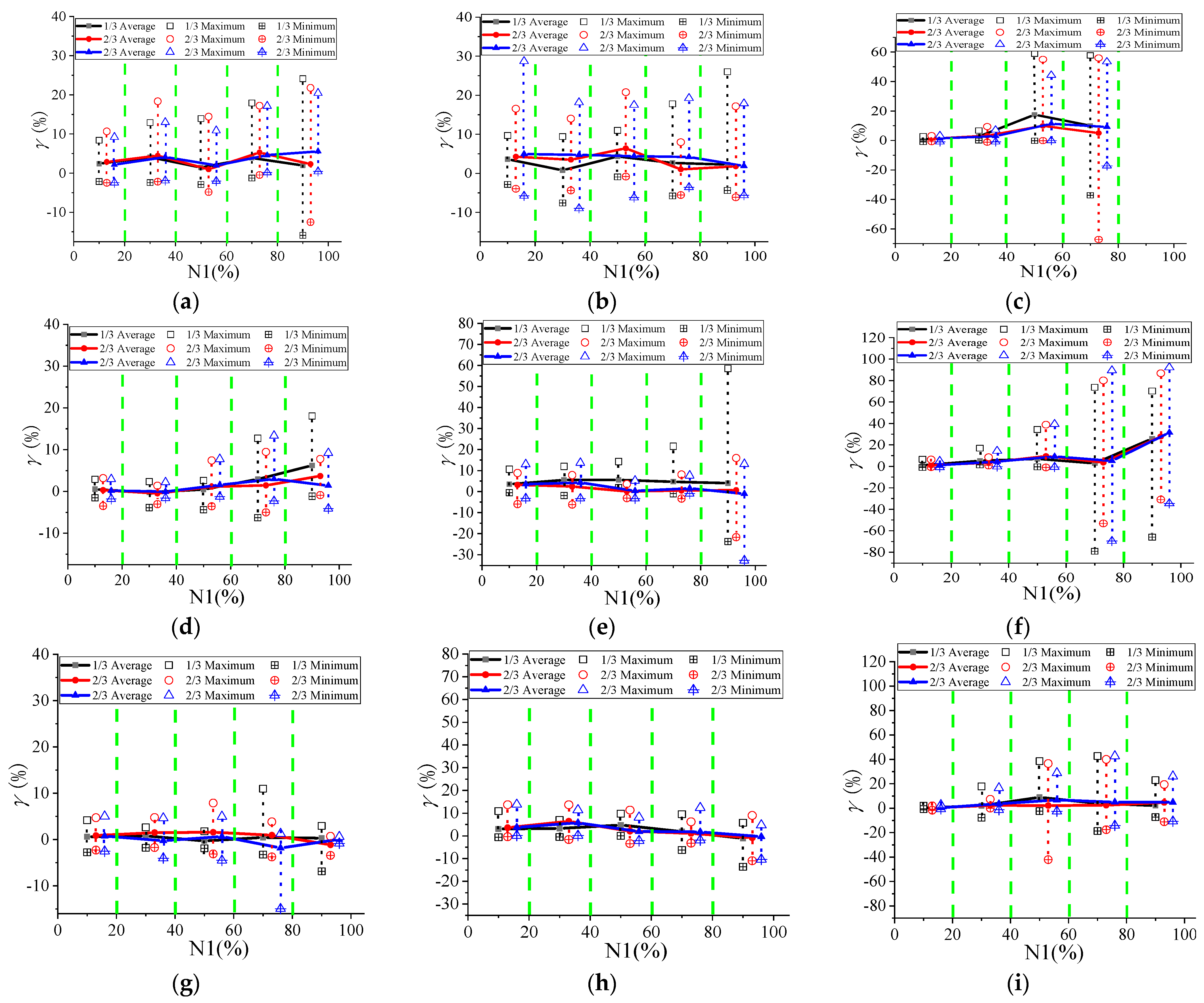
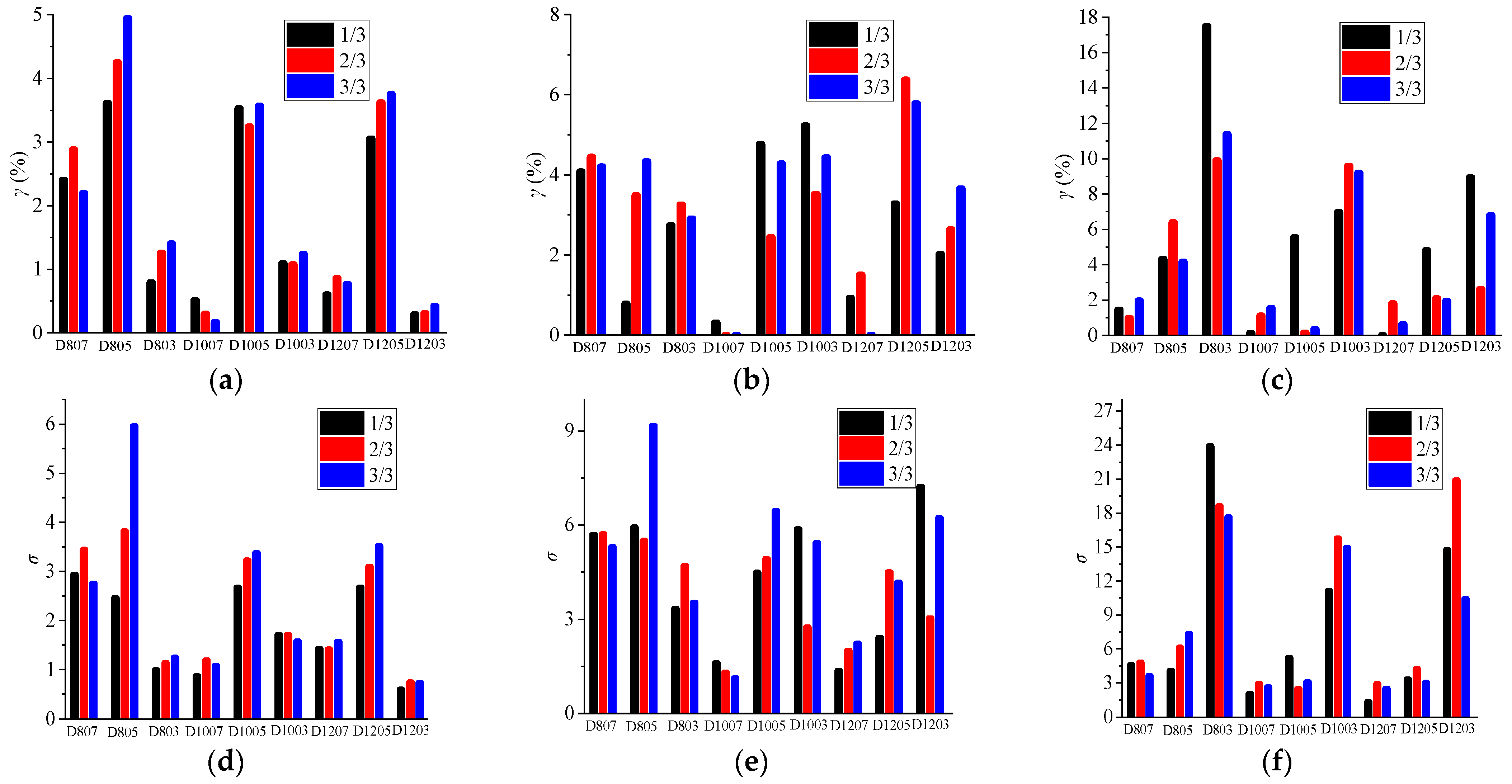
| NO. | Span (m) | Number of Rings | Rise-to-Span Ratio | Rib/Ring Member (mm) | Diagonal Member (mm) | Total Number of the Shell Members | Suspended Equipment Weight (t) | Connection Method |
|---|---|---|---|---|---|---|---|---|
| D403 | 40 | 6 | 1/3 | 159 × 4.5 | 159 × 4.5 | 456 | 0.65 | Steel pipe |
| D405 | 1/5 | 140 × 4.5 | 140 × 4.5 | 0.65 | ||||
| D407 | 1/7 | 140 × 6.0 | 133 × 6.0 | 0.65 | ||||
| D803 | 80 | 10 | 1/3 | 194 × 6.0 | 194 × 6.0 | 1240 | 7.34 | Steel cable |
| D805 | 1/5 | 194 × 8.0 | 194 × 8.0 | 5.5 | ||||
| D807 | 1/7 | 219 × 12 | 219 × 12 | 5.07 | ||||
| D1003 | 100 | 12 | 1/3 | 194 × 10 | 194 × 10 | 1776 | 7.95 | Steel cable |
| D1005 | 1/5 | 203 × 16 | 203 × 16 | 5.73 | ||||
| D1007 | 1/7 | 219 × 8 | 219 × 8 | 5.45 | ||||
| D1203 | 120 | 14 | 1/3 | 219 × 12 | 219 × 12 | 2408 | 8.36 | Steel cable |
| D1205 | 1/5 | 219 × 16 | 219 × 16 | 6.32 | ||||
| D1207 | 1/7 | 325 × 14 | 325 × 14 | 5.78 |
| NO. | Event Name | Station Name | Year | Station Location | Magnitude | βl |
|---|---|---|---|---|---|---|
| GM1 | San Fernando | LA | 1971 | RSN68 | 6.61 | 0.14 |
| GM2 | Imperial Valley | Delta | 1979 | RSN169 | 6.53 | 0.15 |
| GM3 | Parkfield | Cholame | 1963 | RSN013 | 6.19 | 0.04 |
| GM4 | KOBE | Shin-Osaka | 1995 | RSN1116 | 6.9 | 0.07 |
| GM5 | Duzce | Bolu | 1999 | RSN1602 | 7.14 | 0.03 |
| GM6 | Imperial | Compuertas | 1979 | RSN167 | 6.53 | 0.03 |
| GM7 | Northridge | Arleta | 1994 | RSN949 | 6.69 | 0.05 |
| GM8 | ChiChi | TCU083 | 1999 | RSN1516 | 7.1 | 0.21 |
| GM9 | ChiChi | TCU008 | 1999 | RSN1466 | 7.1 | 0.38 |
| GM10 | ChiChi | TCU007 | 1999 | RSN1465 | 7.6 | 0.27 |
| GM11 | ChiChi | TCU103 | 1999 | RSN1530 | 7.6 | 0.24 |
| GM12 | ChiChi | TCU039 | 1999 | RSN1482 | 7.1 | 0.6 |
| GM13 | ChiChi | TCU052 | 1999 | RSN1492 | 7.1 | 0.5 |
| GM14 | ChiChi | TCU128 | 1999 | RSN1548 | 7.1 | 0.58 |
Disclaimer/Publisher’s Note: The statements, opinions and data contained in all publications are solely those of the individual author(s) and contributor(s) and not of MDPI and/or the editor(s). MDPI and/or the editor(s) disclaim responsibility for any injury to people or property resulting from any ideas, methods, instructions or products referred to in the content. |
© 2024 by the authors. Licensee MDPI, Basel, Switzerland. This article is an open access article distributed under the terms and conditions of the Creative Commons Attribution (CC BY) license (https://creativecommons.org/licenses/by/4.0/).
Share and Cite
Li, W.; Zhi, X. Study on Strong Earthquake Failure of Single-Layer Spherical Reticulated Shell Structures with Central Suspended Equipment. Buildings 2024, 14, 1706. https://doi.org/10.3390/buildings14061706
Li W, Zhi X. Study on Strong Earthquake Failure of Single-Layer Spherical Reticulated Shell Structures with Central Suspended Equipment. Buildings. 2024; 14(6):1706. https://doi.org/10.3390/buildings14061706
Chicago/Turabian StyleLi, Wenliang, and Xudong Zhi. 2024. "Study on Strong Earthquake Failure of Single-Layer Spherical Reticulated Shell Structures with Central Suspended Equipment" Buildings 14, no. 6: 1706. https://doi.org/10.3390/buildings14061706





